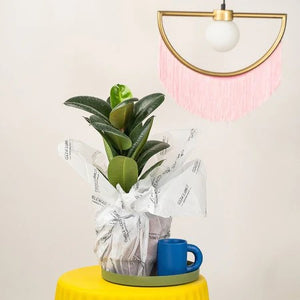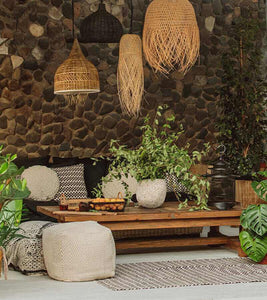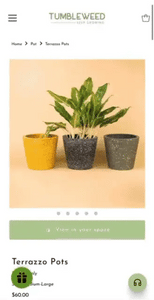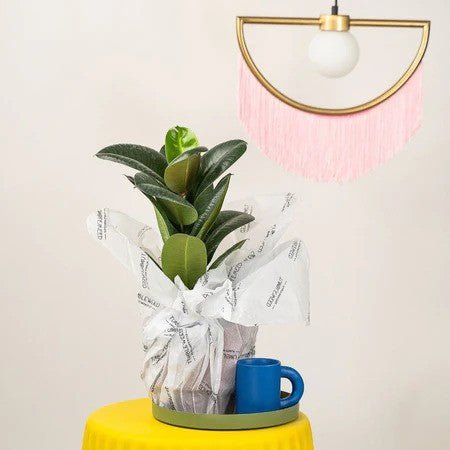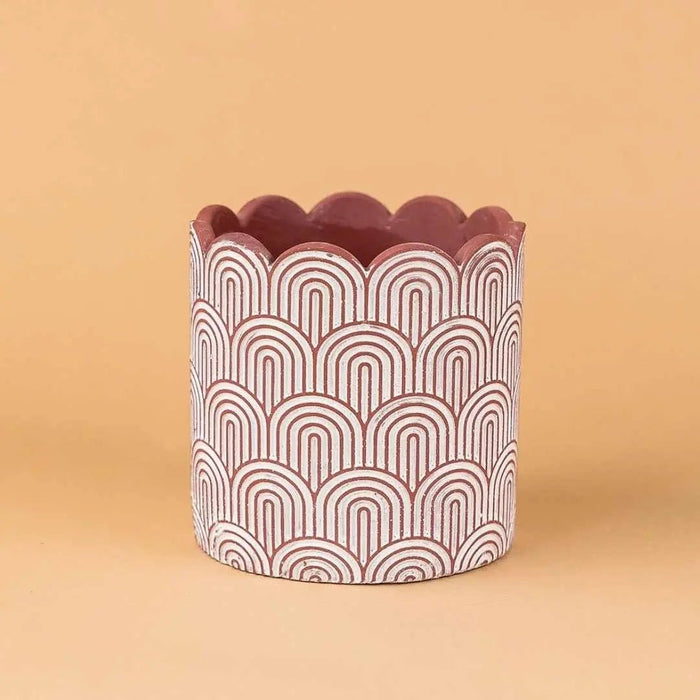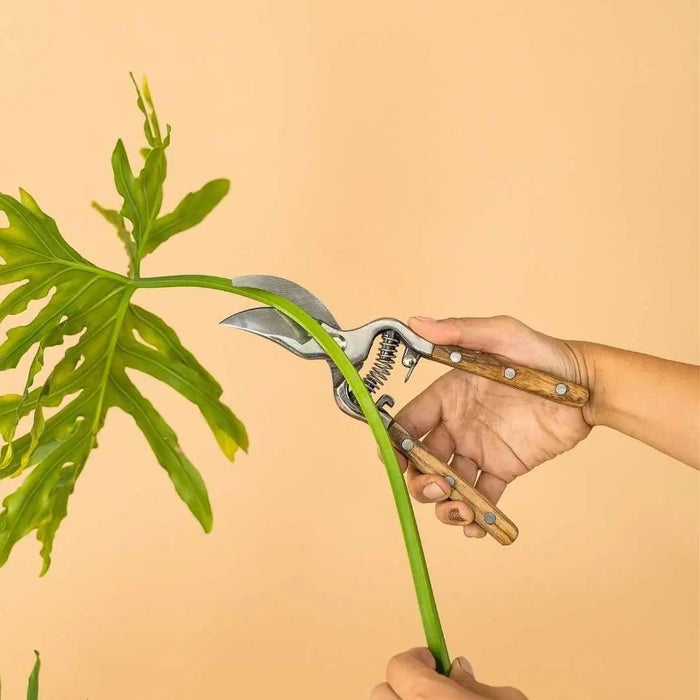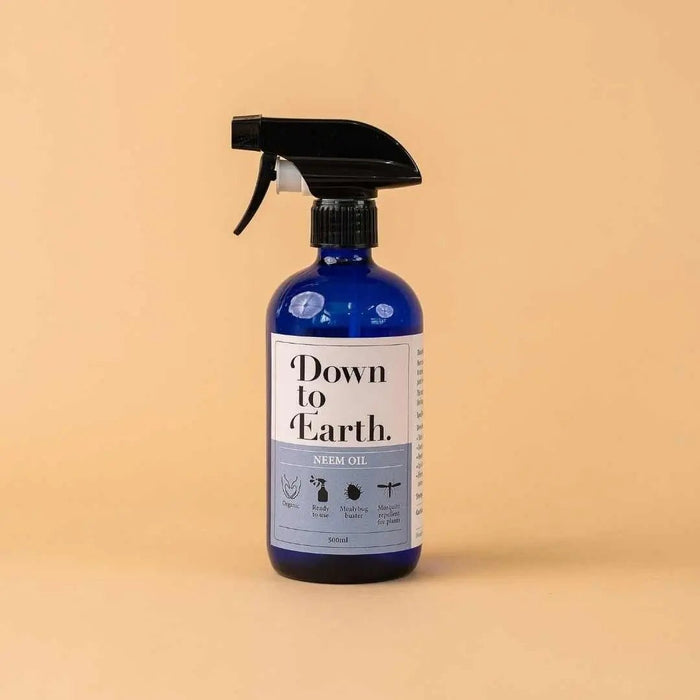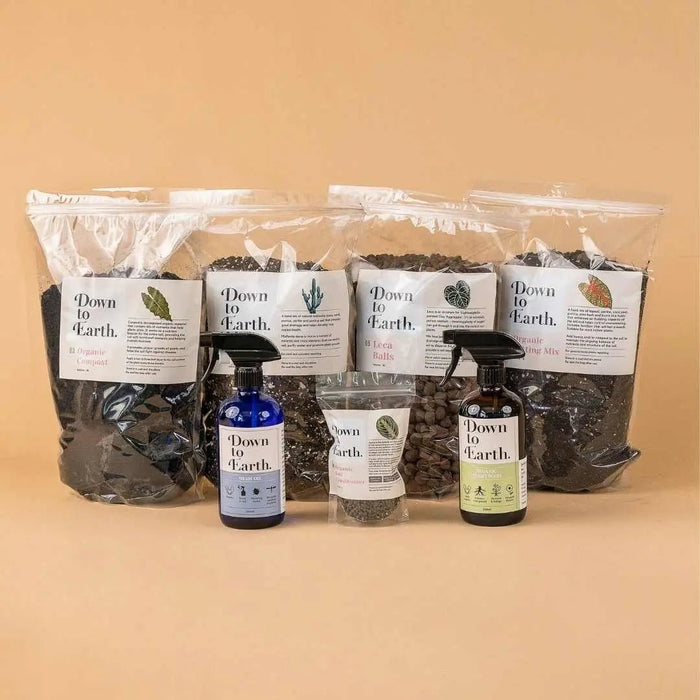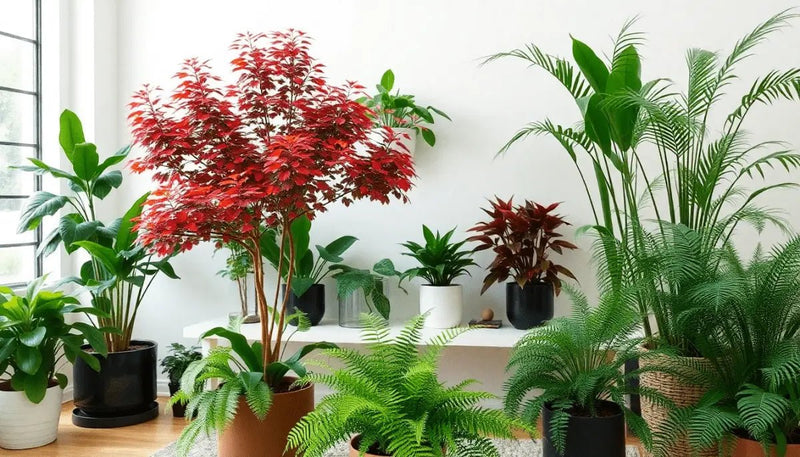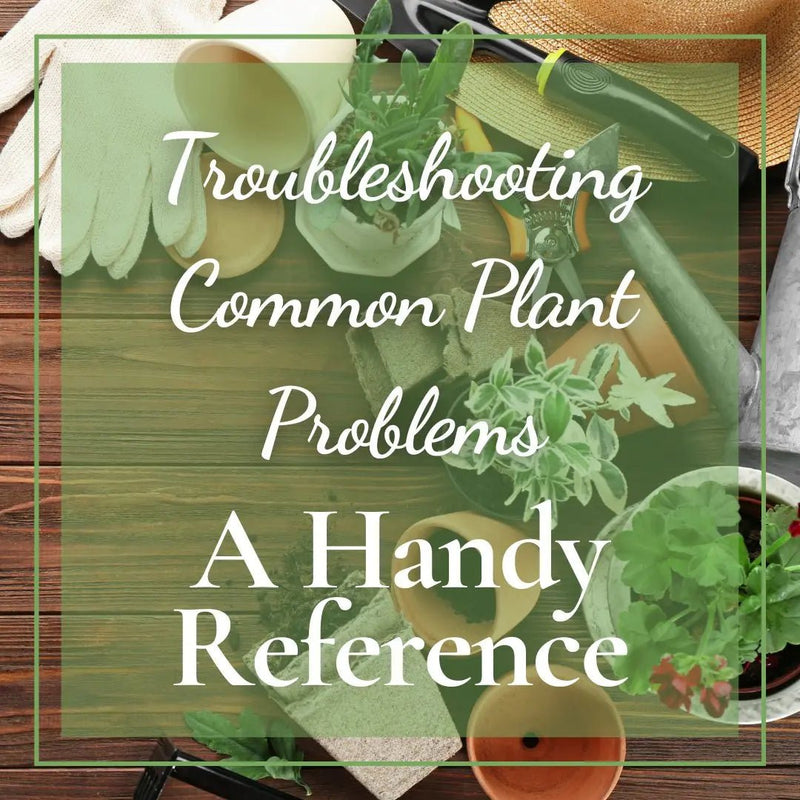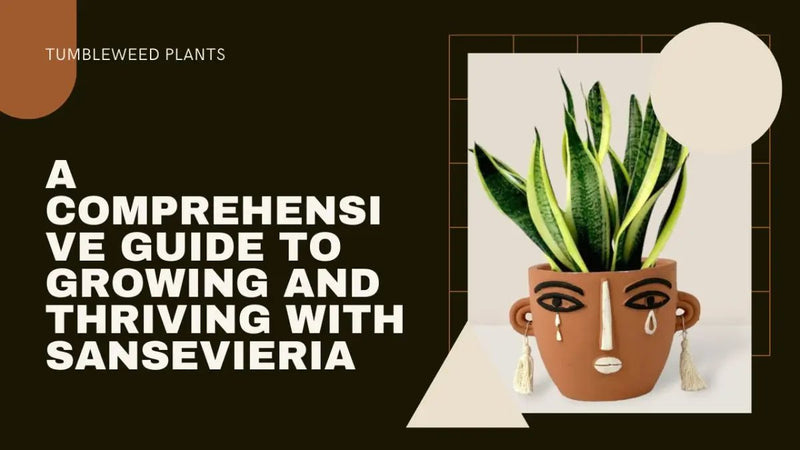Watering Mistakes to Avoid: Keeping Your Real Plants Alive and Thriving
Posted on September 19 2025
Do your prized real plants suddenly wilt, turn yellow, or shrivel up no matter how much care you give them? Often, the issue isn’t the plant or its environment, but your watering habits. Knowing the top watering mistakes to avoid can make all the difference in keeping your real plants alive and thriving.
Understanding Your Plant’s Water Needs
Every plant species comes with unique needs, and understanding these requirements is the first step to avoiding common errors. Overwatering and underwatering result from not knowing your plant’s preferences—so always begin by researching the specific needs of your leafy friends.
• Succulents like dry soil that almost completely dries out between waterings.
• Tropical varieties often need consistently moist (not soggy) soil.
• Flowering houseplants can be particularly sensitive to fluctuating conditions.
Being attentive to your plant’s natural habitat helps you mimic the ideal environment for growth and flourishing.
The Dangers of Overwatering
One of the most common watering mistakes to avoid: keeping your real plants alive and thriving isn’t about giving them constant moisture. Many new plant owners assume more water equals more vitality, but the opposite is usually true.
- Roots require both water and access to oxygen. When you water too often, the soil becomes waterlogged, suffocating roots and inviting diseases like root rot.
- Yellowing leaves, mushy stems, and persistent dampness are classic signs of overwatering.
To prevent this, always check the top inch of soil before reaching for the watering can. If it’s still damp, wait a day or two. Consider pots with drainage holes to let excess water escape.
Ignoring Underwatering Symptoms
While overwatering is widespread, underwatering is also a frequent culprit. This mistake often stems from fear of root rot or a hectic schedule that pushes plant care to the bottom of your list.
- Crispy edges, drooping leaves, and compacted, pulling-away soil are signs your plant thirsts for attention.
- Misting or spritzing rarely helps—roots need a thorough soaking occasionally to access moisture below the surface.
Instead, water slowly until liquid escapes the drainage holes, ensuring deep hydration. Use reminders or set a regular schedule to stay consistent, but always adjust based on the season and your plant’s needs.
Water Quality and Temperature Matter
Not all water is created equal when it comes to your plants. Using water straight from the tap can pose issues if you live in areas with high chlorine, fluoride, or softened water.
- Room-temperature water prevents shocking sensitive roots.
- Letting tap water sit overnight helps dissipate chlorine.
- Distilled or filtered water can be a worthwhile investment for finicky species.
Bear in mind that water quality and temperature are easy to overlook but can have a lasting effect on your plant’s vitality.
Failing to Adjust for Environmental Conditions
Your plant’s hydration requirements change with the seasons. In winter, indoor environments are typically drier but plants’ growth slows, so they need less water. During spring and summer, active growth may demand more frequent hydration.
Lighting also makes a big difference—a plant in a sunny window will likely need more water than one in a shady nook.
Stay responsive by:
• Testing soil moisture often, not just following a rigid routine.
• Watching for new growth and adjusting accordingly.
• Considering factors like humidity, heat, and pot size.
Poor Drainage Practices
Even if you nail the frequency and amount, poor drainage sabotages your efforts. Water trapped at the bottom of the pot suffocates roots and spurs fungal issues.
- Always use containers with adequate drainage holes.
- Skip decorative cachepots that don’t let excess water drain out—unless your plant’s liner has holes and you remove excess water promptly.
Placing pebbles at the bottom of non-draining pots is a myth that can do more harm than good, as it allows water to collect.
Overlooking Plant Signals
Plants often give clear warnings when something is wrong. Neglecting these cues is one of the watering mistakes to avoid: keeping your real plants alive and thriving depends on close observation.
- Drooping, brown, or yellow leaves signal a watering issue.
- Feel the soil before watering; don’t rely solely on looks or schedules.
By checking regularly and responding to your plant’s signals, you’ll develop healthy watering habits that promote vitality.
Conclusion
Mastering your watering routine ensures your real plants stay healthy, vibrant, and beautiful. Avoid these common missteps, listen to what your plants are telling you, and you’ll enjoy a thriving indoor oasis. For more green thumb guidance, feel free to explore our latest plant care resources.







